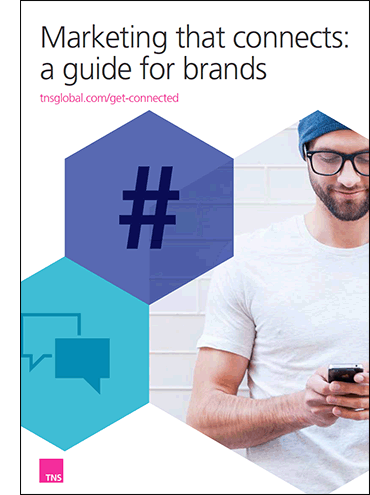
Fast-moving digital technology has driven almost continuous change in attitudes, behaviour and habits, and this has been hugely disruptive for marketing. However the technologies that set the parameters for connected consumer behaviour are no longer new.
The Apple iPhone turned eight this year, Facebook and Twitter have been part of the public consciousness for almost a decade, and LinkedIn and Google have been around for even longer. As the technology becomes more familiar, the trends in people’s behaviour have become more consistent and predictable:
Always on lifestyle.
People are constantly connecting through digital technology – and this creates opportunities for marketers able to identify the digital moments that best align with their brands.Brands’ best chance of success lies in adapting their approach to each channel. As people spend more time on social media, the social channels they use are becoming more diverse.
Specific screens no longer own times of day or aspects of consumer behaviour.
Brands must develop adaptive content strategies that enable the best possible experience on all possible screens.
People are watching more video – but not on traditional TV.
Brands will find it harder to reach mass audiences through a single opportunity, but far easier to deliver relevant video content to highly targeted, addressable segments.
What’s in it for me?
Consumers (and particularly younger consumers) are increasingly comfortable sharing their data with brands, provided they gain relevance or other forms of value in return. They demand advertising that is targeted, tailored and anticipates their needs.
Mobile grows in influence.
This in turn hands influence to a small number of media, gaming and service providers that often have proprietary, locked-down content or advertising protocols.
Convert a sale anytime, anywhere.
The world’s largest online retail event, Alibaba’s ‘singles day’ in China generates US$4 billion sales through mobile.
Technology has removed barriers to entry.
Consumers embrace new types of supplier, channel and payment models and are open to new ways of doing things if it better meets their needs.
Conclusion
Mastering the perpetual marketing cycle
The new digital landscape demands an ‘always-on’ approach to marketing, where performance is evaluated and improved continually. Many marketers are already making this transition. However, they must be careful that the principles of brand strategy don’t get left behind. Always-on doesn’t mean racing to respond to every niche consumer trend or technology-driven opportunity just because it’s there.
We may no longer have the time and space to analyse results from one campaign before planning the next one – but this isn’t a reason for abandoning the link between strategy, activation and performance. Instead we need to build better models for integrating the three.
This will involve new approaches to media planning and buying that enable more responsive and adaptable advertising; it will involve new types of brand content partnerships that are not limited by channel; it will involve models that can turn data rapidly into precise, actionable insight; and it will involve a commitment to continuous innovation. Above all though, it requires a deeper and a more nimble understanding of the consumers that are driving the change.
Source:TNS
Authored by Jonathan Sinton,Digital Director, TNS


